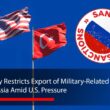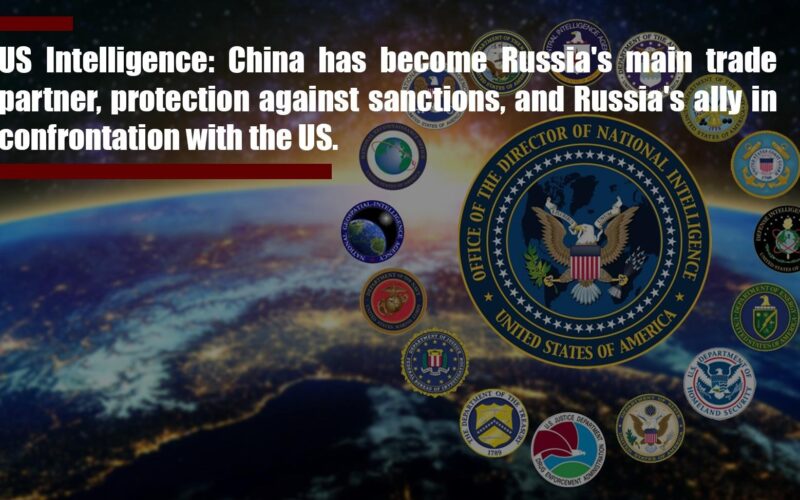US intelligence has published an annual threat assessment, which also describes the war in Ukraine. Here are the main things:
- So far, Russia has lost almost 300,000 dead and wounded.
- The Kremlin is significantly increasing defense production, in particular long-range strike weapons.
- The occupiers gained an advantage on the battlefield due to the delay in aid to Ukraine.
- The US is concerned that the absence of significant Russian victories could force Putin to use nuclear weapons.
- China has become Russia’s main trade partner, protection against sanctions, and Russia’s ally in the confrontation with the United States.
- China supplies Russia with three times more goods of potential military use than before the full-scale war.
- Russia “almost certainly does not want a direct military conflict with US and NATO forces.”
- Moscow continues the development of long-range nuclear missiles.
China and Russia
Putin has upended Russia’s geopolitical, economic, and military revival and damaged its international reputation with the large-scale invasion of Ukraine. Nevertheless, Russia is implementing policies to mitigate these costs and leveraging foreign relationships to minimize sanctions-related damage and rebuild its credibility as a great power.
Moscow’s deep economic engagement with Beijing provides Russia with a major market for its energy and commodities, greater protection from future sanctions. and a stronger partner in opposing the United States. China is by far Russia’s most important trading partner with bilateral trade reaching more than $220 billion in 2023. already surpassing their record total 2022 volume by 15 percent.
Moscow will continue to employ all applicable sources of national power to advance its interests and try to undermine the United States and its allies, but it faces a number of challenges, such as severance from Western markets and technology and flight of human capital, in doing so. This will range from using energy to try to coerce cooperation and weaken Western unity on Ukraine, to military and security intimidation, malign influence. cyber operations. espionage, and subterfuge.
Beijing is balancing the level of its support to Moscow to maintain the relationship without incurring risk to its own economic and diplomatic interests. In return, China is securing favorable energy prices and greater access to the Arctic.
• The PRC is providing economic and security assistance to Russia’s war in Ukraine through support to Russia’s defense industrial base including by providing dual-use material and components for weapons. Trade between China and Russia has been increasing since the start of the war in Ukraine, and PRC exports of goods with potential military use rose more than threefold since 2022.
• Moscow has successfully diverted most of its seaborne oil exports and probably is selling significant volumes above the G-7- lcd crude oil and refined product price caps, which came into effect in December 2022 and February 2023, respectively- in part because Russia is increasing its use of non-Western options to facilitate diversion of most of its seaborne oil exports and because global oil prices increased last year.
• Russia will retain significant energy leverage. In the first half of 2023, Russia was still the second-Largest supp]ier ofJiquefied natural gas to Europe and announced reduction in its crude oil exports as part of its OPEC+ commitment.
• Russia is offsetting its decline in relations with the West by expanding ties to China, Iran, North Korea, and key Global South countries.
NATO and Russia
American intelligence is convinced that Russia “Russia almost certainly does not want a direct military conflict with U.S. and NATO forces”, so it will continue to act asymmetrically in order not to cross the line of potential armed confrontation.
Moscow continues to develop long-range nuclear missiles and underwater delivery systems designed to penetrate or bypass US missile defenses. The Kremlin believes that non-strategic systems capable of delivering nuclear or conventional warheads provide options for deterring adversaries and countering NATO.








